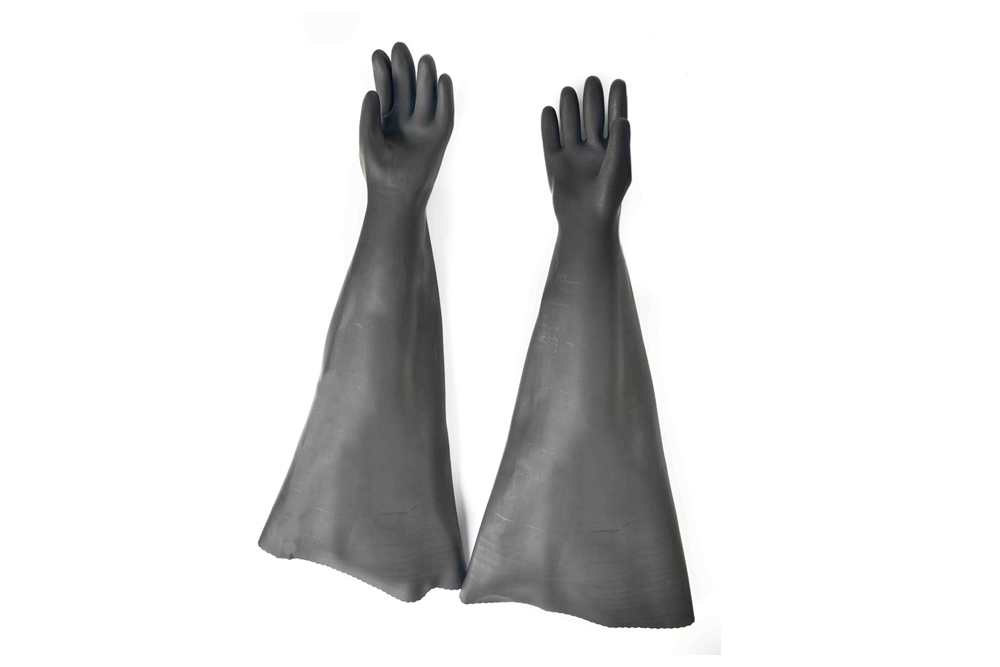2016 Good Quality 14″ Household rubber glove Zambia Supplier
Short Description:
Sanitation glove, made of 100% natrual latex, textured palm for anti-slip, waterproof, anti acid and alkali, non-toxic. length 36cm, 0.085kg/pair, packing: 100pr/case. Mainly used for food processing, hotels, family kitchen, etc. Color: red, blue, etc.
Product Detail
FAQ
Product Tags
continue to improve, to ensure product quality in line with market and customer standard requirements. Our company has a quality assurance system have been established. Mission: Optimize our professional technology, product and service; 2016 Good Quality 14″ Household rubber glove Zambia Supplier, sincerely look forward to serving you in the near future. You are sincerely welcome to visit our company to talk business face to face with each other and establish long-term co-operation with us!
Sanitation glove, made of 100% natrual latex, textured palm for anti-slip, waterproof, anti acid and alkali, non-toxic.
length 36cm, 0.085kg/pair, packing: 100pr/case.
Mainly used for food processing, hotels, family kitchen, etc. Color: red, blue, etc.
FAQ Content
Achieving customers’ value, implement employee’s dream and actively contributing to the society as company’s mission, DUOLANG safety is striving to become a classic OEM manufacturer and create its own brand in the ever-changing PPE industry.
Our company has high-tech spinning equipments、high-tech Daojin brand machines、automatic PVC and rubber production line. Our main products are cotton yarn of 4.5S-12S with various colors, and gloves with many series, such as Labor insurance series、Knitted gloves 、PVC dotted gloves 、Nitrile Coated gloves、rubber gloves magic series、…etc. .
Our products have already been exported to Japan、Germany、USA、Europe、Canada、Australia、the United Sates and many other countries all over the world. We have won the favour of domestic and foreign customers.
Focused on innovation and quality, we have invested in testing and R&D facility which enable us to produce innovative class leading gloves that change the customer experience for the better. When we start developing a glove, we base it on hard research and analysis by standing on the user’s position to see what could make it better.
Company’s value humanistic, integrity, innovation and cooperation helps us to achieve customer’s value innovation meanwhile growing our business and challenging convention.
You can find in our website who we are, what we can offer, which products are most suitable for you. Come and join us at www.duolangsafety.cn. We want you.
Blending the Rubber Ingredients:
The industrial process for making bicycle tires starts with raw synthetic rubber being fed into a milling machine. Rollers within the machine break up and soften the rubber. Other ingredients, such as mineral oil, zinc oxide, sulfur, carbon black and silica are then added to the rubber while it is being milled. These ingredients are mixed thoroughly with the rubber and make it more elastic and durable. Once completely mixed, the rubber is ready to be processed.
Casing Preparation:
Some of the rubber is then spread by a roller press to form a wide, thin, continuous sheet of rubber. The sheet is then fed into another machine to be bonded to woven nylon matting. The matting is removed from large roles and passed through the bonding machine along with the rubber sheet. The two are then welded together.
Casing Construction
A metal drum in a forming machine is then used to construct the layers of the tire. First, the nylon matting and rubber material is cut into properly sized strips that will become the casing of the tire. The strips are then placed around the drum so that the ends meet to form a complete ring. Two Kevlar cords are then wound onto the matting and completely around the drum. These will act as the rims of the tire. The drum is then expanded, forcing the Kevlar cords onto the rubber on the matting. The edges of the matting are then folded over the Kevlar cords.
Tread Construction
Two layers of hard and dense rubber are then sandwiched together and formed into a strip that is a precise width and thickness. A piece of this rubber strip is then laid onto the center of, and completely around, the casing. This material will eventually form the tread of the tire. The finished tire casing is now ready to be pressed and vulcanized.
Tire Pressing
The casing is next inserted into a press that will heat the rubber and form the tire in a process called vulcanization. This process first melts the rubber, fusing all of the parts of the tire together. Then the tire is pressed into a mold that creates the treads. As the rubber cools, it hardens into its final form. The finished tire can then be removed from the press.
Testing
A sampling from each batch of newly made tires is then tested. The road wear test simulates thousands of miles of wear on the tires. The puncture resistance and pressurization limit of the tires is also tested. If the sampling passes these tests, the tires are then packaged for sale.







